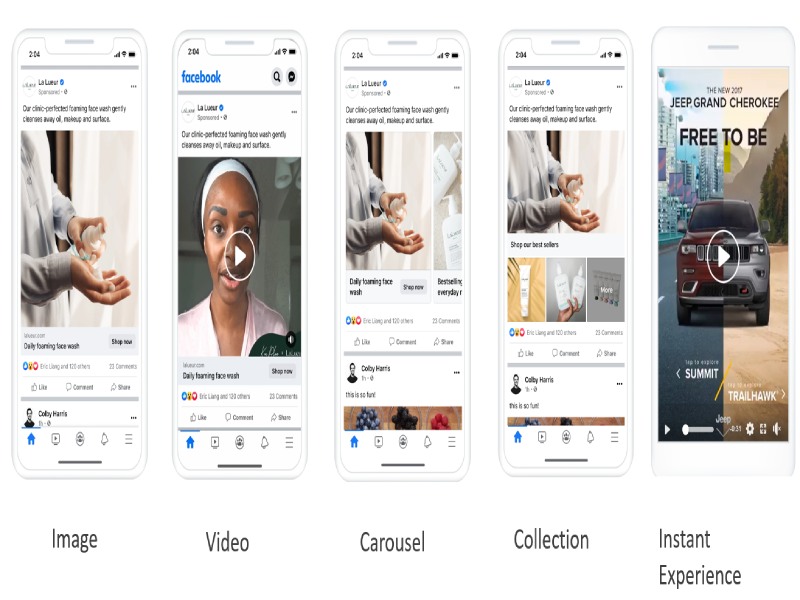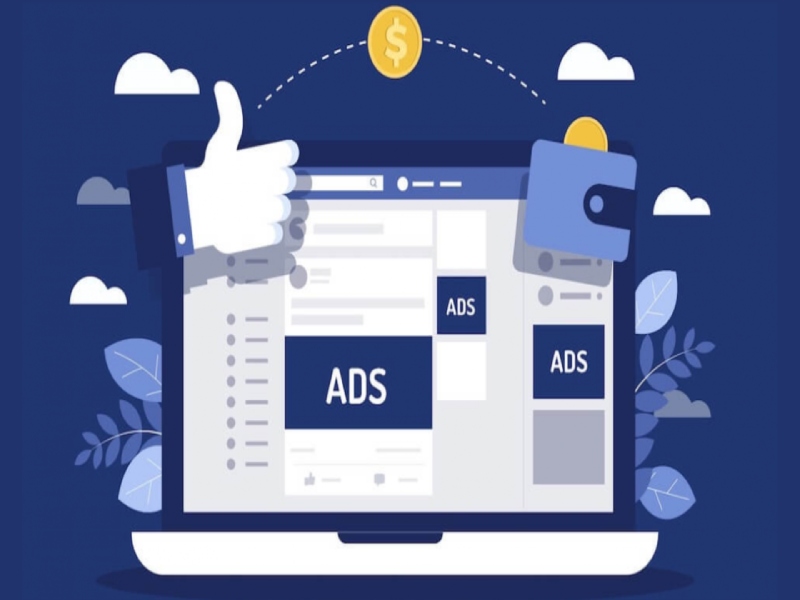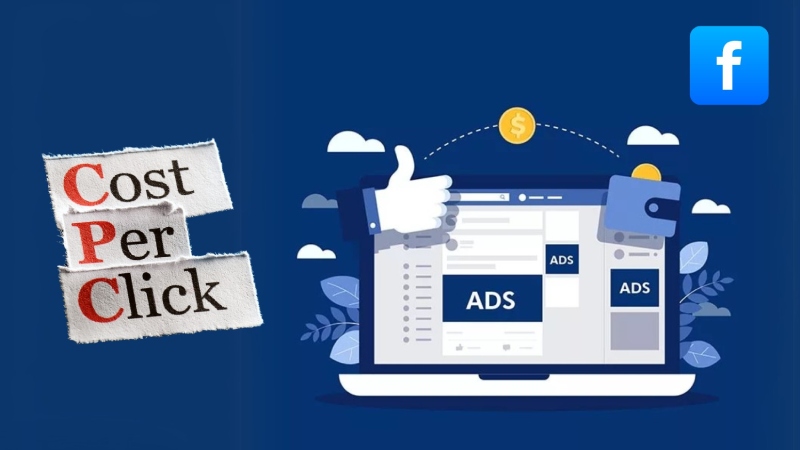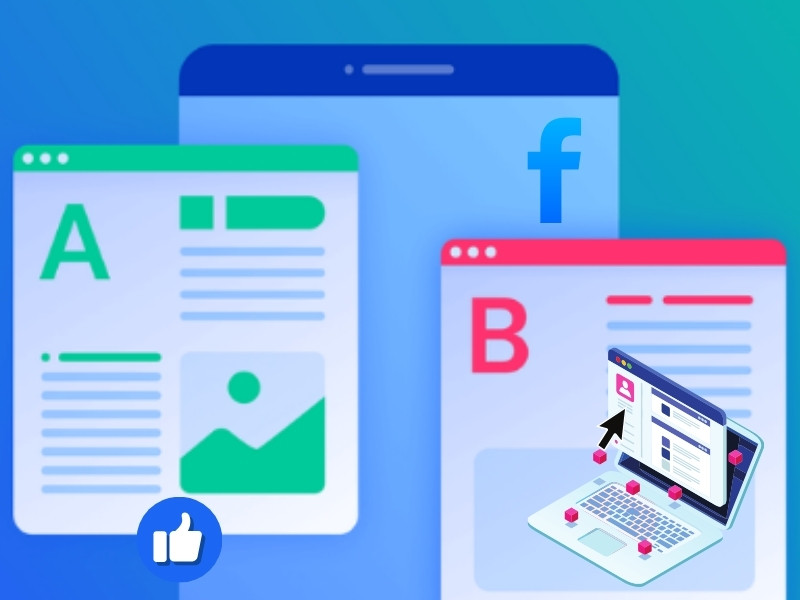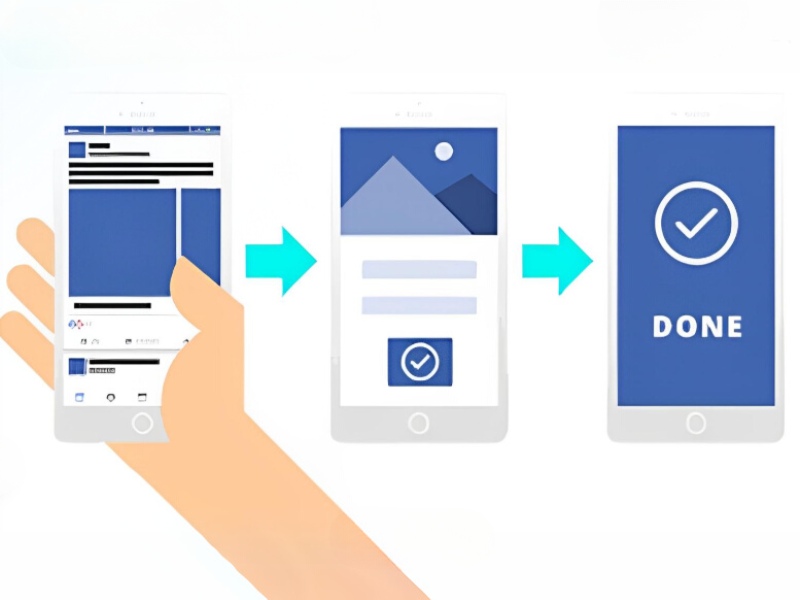Facebook Ads is a powerful advertising tool that helps businesses reach millions of users worldwide. But to run truly effective campaigns, you need to understand one crucial metric: what is the CPM for Facebook ads? In this guide, we’ll break down what CPM really means, how it affects your ad perform ance and smart ways to lower it without sacrificing results.
What is Facebook CPM?
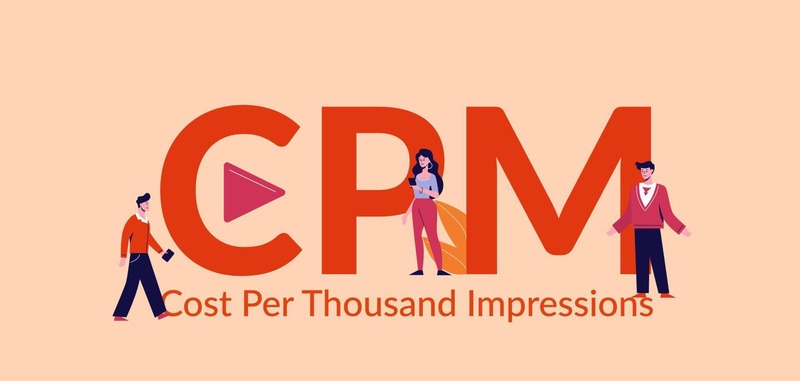
If you’re wondering what is the CPM for Facebook ads, you’re not alone. Understanding CPM is key to running cost-effective campaigns on the platform.
| CPM stands for Cost Per Mille, which means the cost per 1,000 impressions on your Facebook ads. It’s one of the most commonly used pricing models in Facebook Ads and plays a crucial role in brand-focused campaigns. |
How Is CPM Used?
CPM is ideal for campaigns that focus on brand awareness or reach, where the goal is to get your ads in front of as many people as possible—not necessarily to drive clicks or conversions. With a fixed budget, CPM helps you maximize the number of eyeballs on your ad.
Why is CPM so important?
- It directly impacts your overall advertising cost, especially when you’re scaling.
- It’s the best fit when your goal is visibility over direct action (like purchases or sign-ups).
- It serves as a benchmark for comparing cost-efficiency between campaigns, helping you evaluate which ad set delivers more impressions for less money.
By understanding what is the CPM for Facebook ads, you can make better budgeting decisions and get more out of every dollar spent.
How to calculate CPM on Facebook?
After knowing what does CPM stand for in Facebook ads, to evaluate how efficiently your ads are reaching people, it’s important to understand how Facebook CPM (Cost Per Mille) is calculated. The formula is simple:
| CPM = (Number of Impressions: Total Campaign Spend) × 1,000
This formula shows how much you’re paying for every 1,000 impressions your ad receives. |

This gives you the cost of every 1,000 times your ad is shown to users. For example, if you spend $50 on a campaign and receive 10,000 impressions, the CPM would be:
CPM = (50 ÷ 10,000) × 1,000 = $5.00
However, CPM is not a fixed number—it can vary significantly depending on several factors. Different industries have different benchmarks. For instance, CPMs in e-commerce often fall in the $5 to $12 range, while highly competitive sectors like finance, insurance, or legal services can see CPMs of $12 or more.
Ad placement also plays a role. Ads shown in the Facebook News Feed generally cost more but often have higher engagement. On the other hand, placements like the Audience Network or the right-hand column may have lower CPMs but tend to generate less interaction.
Seasonal factors impact CPM as well. During high-traffic times such as Black Friday, Christmas, or other major events, CPM rates typically rise due to increased advertiser competition. Finally, your targeting also affects CPM. Narrow or highly competitive audiences often lead to higher costs because more advertisers are trying to reach the same users.
Understanding these variables helps you better interpret your CPM and adjust your ad strategy accordingly. While a low CPM might suggest you’re reaching people efficiently, it’s also important to consider engagement and conversions to get a full picture of your campaign’s performance.
What is a good Facebook CPM?

|
To determine whether your CPM is performing well, it’s not enough to look at the number in isolation. A low CPM might seem appealing, but if it doesn’t bring in meaningful actions—like clicks, leads, or purchases—it may not be effective.
On the flip side, a higher CPM could still be worthwhile if it’s driving quality conversions. The key is finding a balance between cost and return.
So how do you evaluate whether your CPM is healthy? Start by comparing it to average benchmarks for your industry and the current advertising season.
- If your CPM is lower than average, that’s a strong indicator that your campaign is performing efficiently in terms of reach.
- But if your CPM is significantly higher, it might be time to revisit your targeting, creative, or bidding strategy to bring costs down.
What is the average CPM cost for Facebook ads? – Depending on each industry, here’s a quick reference of optimal CPM benchmarks by industry:
- Fashion & Retail: Under $8
- Real Estate: Under $25
- Finance & Insurance: Under $30
- Health & Beauty: Under $15
- Technology & Software: Under $25
- Education & Online Courses: Under $15
- Food & Beverage: Under $10
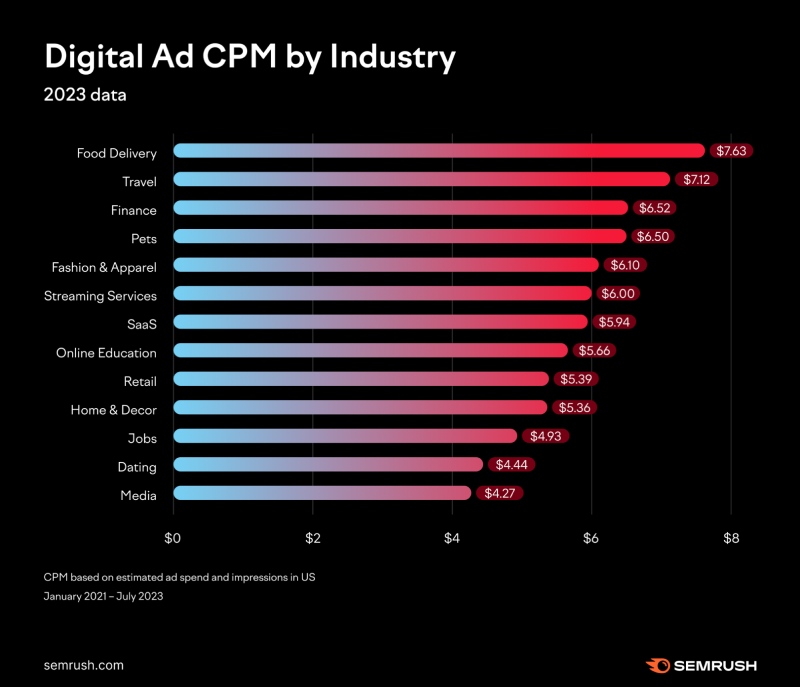
If your CPM consistently exceeds these benchmarks, consider optimizing your audience segmentation. Ultimately, a good CPM is one that aligns with your campaign goals while delivering tangible, cost-effective results.
8 factors that influence your CPM Facebook
Facebook CPM isn’t static because it can fluctuate significantly depending on several variables related to your ad setup, competition, and user interaction. Understanding these key factors can help you manage costs more effectively and improve overall campaign performance.
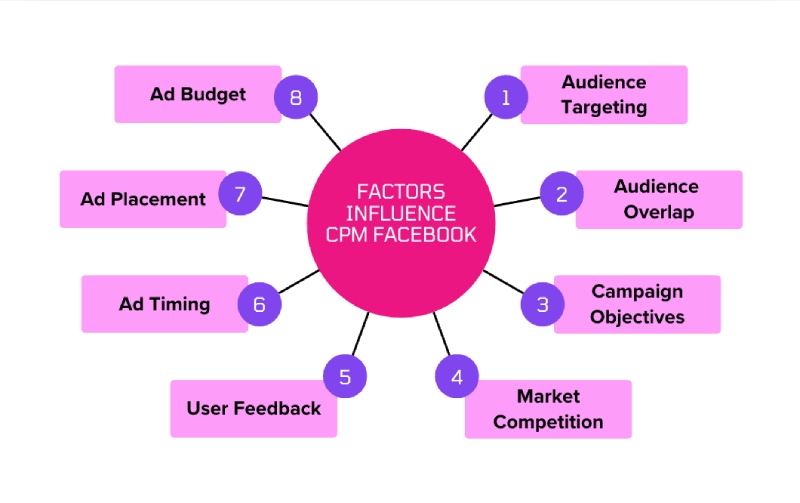
| Target | Influence on CPM |
| Audience Targeting | When your ad reaches the right audience, it naturally garners more engagement—likes, comments, shares, or clicks—which signals to Facebook that your ad is relevant. This improved engagement often leads to lower CPM.
However, if your targeting is off, and the audience doesn’t find your ad relevant, fewer interactions will occur, causing your CPM to rise. |
| Audience Overlap | If you’re running multiple ad sets or campaigns targeting the same audience segment, you may end up competing against yourself in the Facebook ad auction.
This internal competition can unintentionally raise your CPM, as your campaigns bid against each other for the same impressions. |
| Campaign Objectives | Simpler goals like reach or brand awareness typically have lower CPMs because they don’t require deep user actions.
In contrast, objectives such as conversions or sales involve more advanced optimization and often result in higher CPMs. Facebook charges more when it needs to work harder to find users most likely to take action. |
| Market Competition | Market Competition directly affects your CPM as well. If you’re advertising a product or service in a highly competitive niche, more advertisers are bidding for the same audience, which drives up the auction price.
The more crowded the space, the more you’ll need to pay to get noticed. |
| User Feedback | Facebook tracks how users respond to your ads. Positive feedback—like high engagement—can decrease CPM.
Negative feedback, such as users hiding your ad or reporting it as irrelevant, can result in higher CPMs, as your ad is deemed low quality. |
| Ad Timing | CPM often varies depending on the time of year or even the time of day. For instance, holiday seasons or peak shopping periods usually see higher CPMs due to increased competition.
On the other hand, running ads during off-peak times or lesser-known holidays may allow you to reach more people at a lower cost. |
| Ad Placement | Premium placements like the Facebook News Feed often have higher CPMs, but they typically deliver better engagement. Cheaper placements like Audience Network may lower your costs, but may also bring less qualified traffic. |
| Ad Budget | Larger budgets give you more reach and flexibility in the ad auction, but can also raise CPM if you’re scaling too quickly in competitive markets. Conversely, smaller budgets might keep CPM low but limit your reach and result potential.
The key is to balance spend with strategy—don’t just pour money into a campaign without ensuring your targeting and creatives are dialed in. |
By monitoring and optimizing these factors, you can better control your CPM and ensure your ad spend delivers meaningful results. Let’s take a closer look at a real-world scenario to understand how CPM can fluctuate and what you can do to improve it.
A fashion brand – let’s call it Brand H – ran Facebook ads targeting women aged 25–35, aiming to sell their products online. The campaign objective was set to conversions, which naturally led to a high initial CPM due to the complexity of finding users likely to complete a purchase.
After a few weeks, the marketing team noticed that multiple campaigns were targeting overlapping audiences. To fix the issue, Brand H merged overlapping campaigns and refined their audience targeting to eliminate duplication.
As a result, CPM dropped significantly, and more importantly, the conversion rate increased. By simplifying their strategy and improving ad relevance, the brand achieved a more cost-effective campaign with better results overall.
If your CPM is unusually high, don’t just accept it and try to dig into the reasons. Reevaluate your target audience, check for audience overlap, refresh your creatives, and review your ad timing and placements. Small adjustments can lead to major improvements in both cost and performance.
Why is my Facebook CPM so high?
If you’ve ever checked your ad reports and been shocked by a high CPM (Cost Per 1,000 Impressions), you’re not alone. High CPMs can eat away at your ad budget quickly—but the good news is, they’re often fixable. To start, you need to understand why your CPM is high.
Supply and Demand Dynamics
First, what is the CPM for Facebook Ads heavily influenced by market competition. In high-demand industries like finance, technology, or real estate, there are more advertisers bidding for limited audience attention, which naturally drives up costs.
Similarly, seasonal trends can spike CPM—think Black Friday, holiday shopping season, or even election periods—when the ad space becomes extremely competitive.
Customer Experience and Feedback
Facebook prioritizes user experience, so the feedback your ads receive directly impacts your CPM. If your ads get positive signals—such as likes, comments, shares, or longer watch time—Facebook sees them as high-quality and rewards you with lower CPM.
On the other hand, negative feedback (like users hiding your ads or giving poor post-click survey ratings) can penalize you, resulting in higher CPM and lower reach.
Targeting Strategy and Ad Quality
Your audience targeting also matters. Overly narrow or inaccurate targeting can limit your ad’s reach and drive up the cost, as Facebook struggles to find users that match your criteria.
Similarly, low-quality creatives—blurry images, weak headlines, irrelevant offers—lead to lower engagement rates, which signals to Facebook that your ad isn’t valuable. This drops your Relevance Score and causes CPM to rise.
How to Lower Your Facebook CPM

Start by defining your audience accurately. Go beyond broad demographics and focus on detailed buyer personas. If competition is high, try targeting niche segments that are still relevant but less saturated. Also, eliminate audience overlap across campaigns to avoid internal bidding competition.
Next, improve your creative quality. Use eye-catching visuals, clear messaging, and a strong call to action. A higher CTR (Click-Through Rate) tells Facebook your ad is engaging, which can help lower your CPM over time.
Run A/B tests to refine your creatives, copy, and targeting. Even small changes—like switching from a static image to a video—can dramatically improve performance.
Timing also matters. If possible, avoid running ads during peak seasons unless necessary, and adjust your campaign objective. If your goal is exposure, switching from “Conversions” to “Reach” or “Engagement” could give you better CPM efficiency.
| And if you’re unsure where to start or need expert help to lower your CPM effectively, reach out to NEMI Ads. We offer professional ad account rental and strategic consulting to help you optimize your campaigns, reduce costs, and boost results. |
Mastering CPM to Maximize Your Facebook Ad ROI
Lowering your Facebook CPM isn’t rocket science, it’s about understanding what is the CPM for Facebook ads that influence it: market competition, ad quality, audience targeting, and user experience. Once you get a grip on these, you can take real control over your ad spend and start seeing more results for less money.
Using a strong, stable, and reputable ad account significantly reduces your risk of being suspended by Facebook’s system. More importantly, it ensures your campaigns run smoothly without frustrating interruptions, allowing you to optimize performance consistently.
When you rent a professional ad account from NEMI Ads, you’re not just getting access to a high-trust account—you also receive 24/7 support, strategic consultation, and expert guidance on how to refine your ad content and structure it around your campaign goals.
Get in touch with NEMI Ads today and let us help you cut your CPM, boost your reach, and win more conversions with smarter Facebook advertising.
